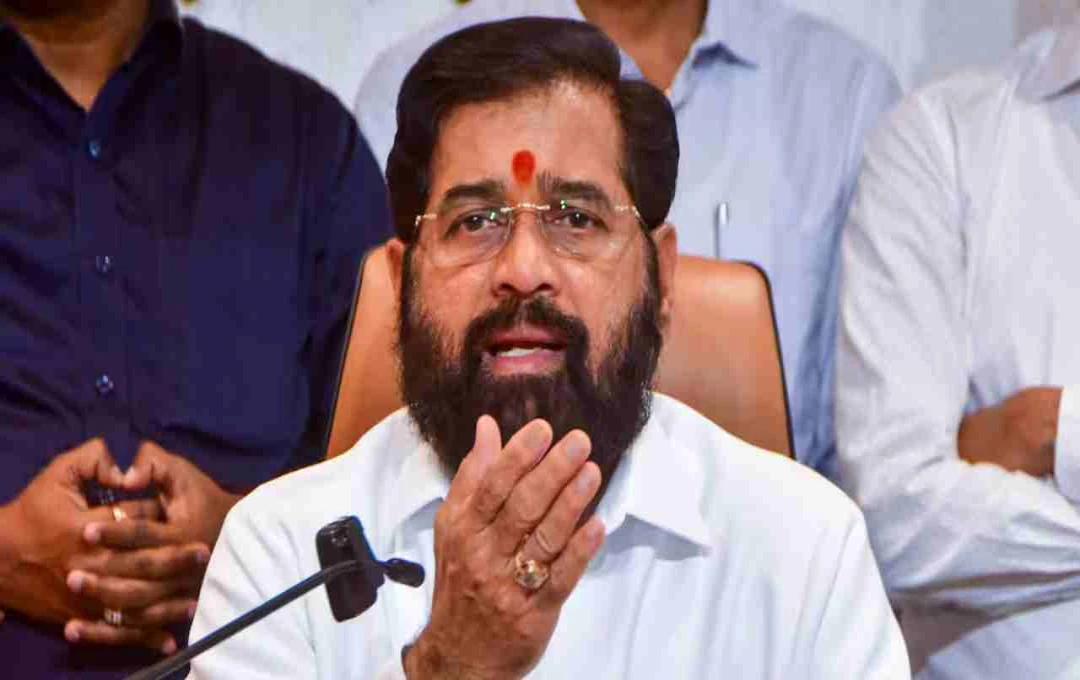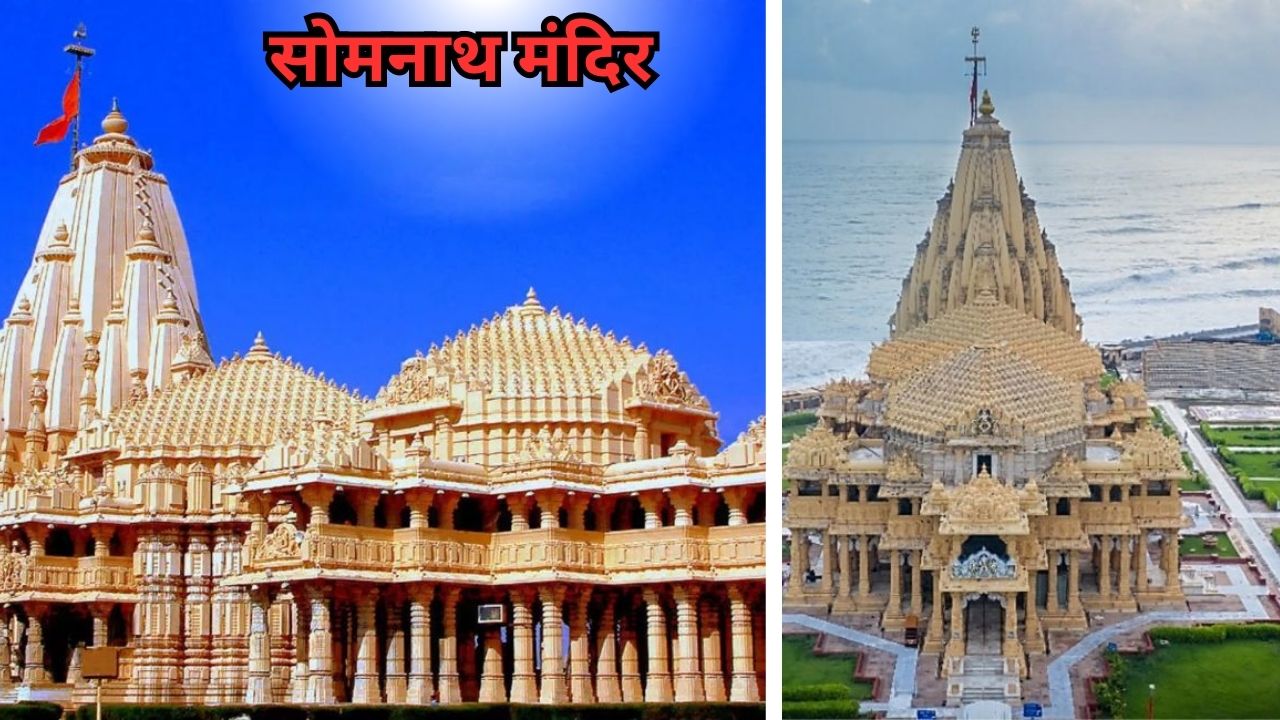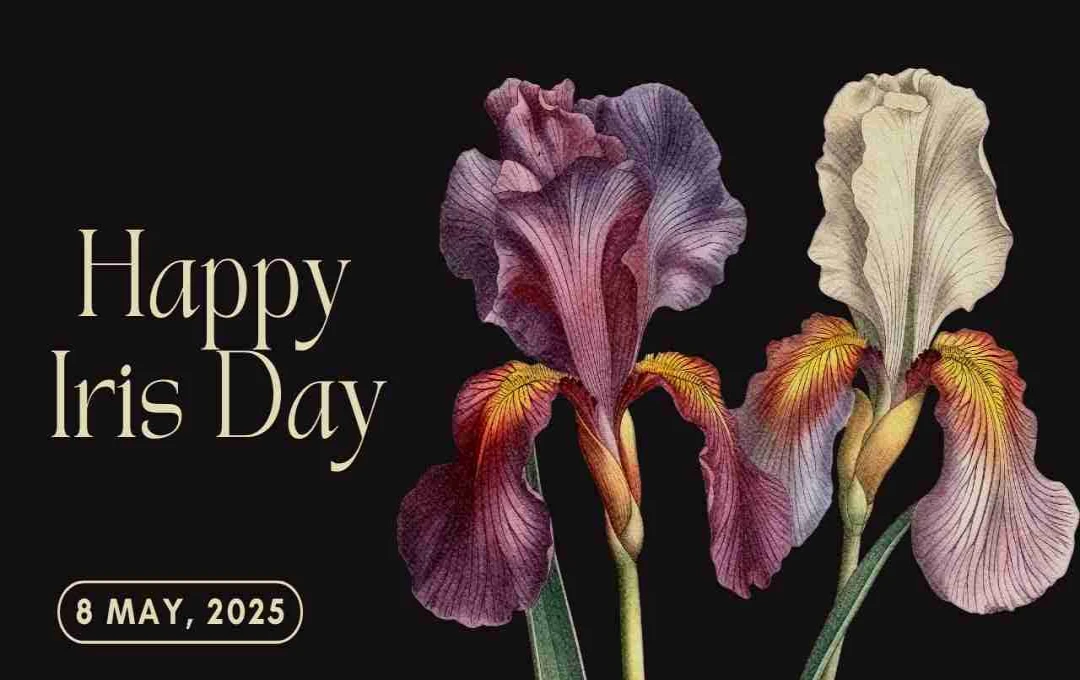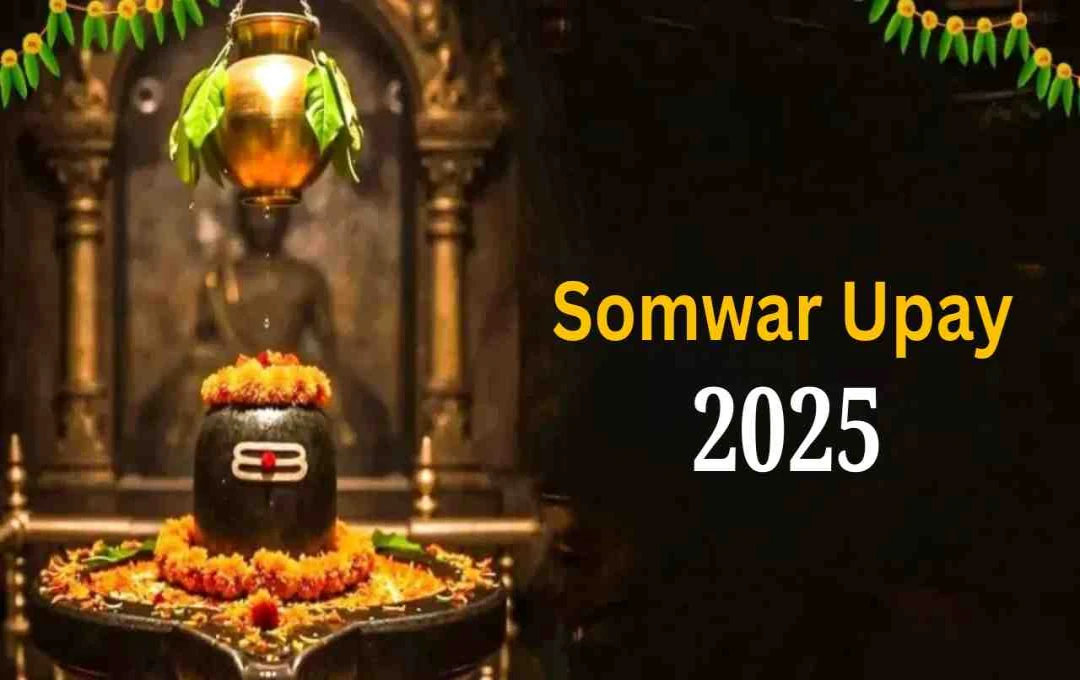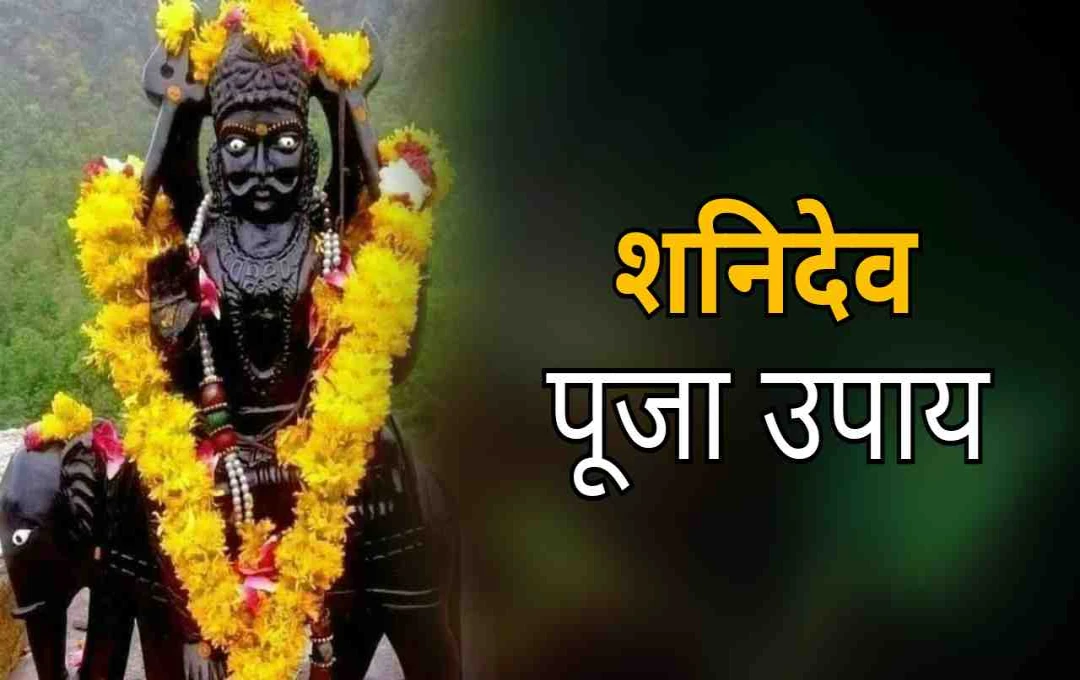The soul of India resides in its ancient culture and religious traditions. Among these is the highly revered Kashi Vishwanath Temple, dedicated to Lord Shiva and located in Varanasi. This temple is not just a religious site but also a center for spiritual awakening and the quest for liberation. Vishwanath, meaning 'Lord of the Universe' – this name itself evokes the divinity and significance of the temple. It is one of the Jyotirlingas and is considered an extremely meritorious place for Shiva devotees.
Kashi Vishwanath in the Depths of History
The history of the Kashi Vishwanath Temple is not merely a tale of bricks and stones, but a unique journey of faith, destruction, reconstruction, and devotion. Its earliest form was known as 'Adi Visheshwara.' In the 12th century, the temple was destroyed by Mohammad Ghori. After this, the temple was reconstructed and destroyed several times during the Mughal period. During the reign of Emperor Akbar, Raja Man Singh and Todar Mal rebuilt it, but Aurangzeb demolished it again in 1669 and built the Gyanvapi Mosque. The current form of the temple was built in 1780 by the Maratha Queen Ahilyabai Holkar of Indore, which continues to ignite the flame of devotion to this day.
Origin of the Jyotirlinga from the Perspective of Legends
According to legends, when Brahma and Vishnu were arguing about their respective superiority, Shiva appeared as an infinite pillar of light – a Jyotirlinga. Vishnu went down in the form of a boar, and Brahma went up in the form of a swan, but neither could find the limit of the pillar. Vishnu accepted the truth, while Brahma resorted to falsehood. As a result, Shiva cursed Brahma that he would not be worshipped on Earth. The origin of the Jyotirlingas is believed to have originated from this event, among which Kashi Vishwanath holds the highest place.
Kashi: Shiva's Avimukta Kshetra
Kashi is called Shiva's beloved abode and 'Avimukta Kshetra,' which means the place that Shiva never left. It is the land where even death becomes a gateway to liberation. It is believed that Shiva himself whispers the "Taraka Mantra" into the ears of his devotees at the time of death and grants them salvation. This is why death is also considered auspicious here.
Temple Architecture: A Symbol of Divinity
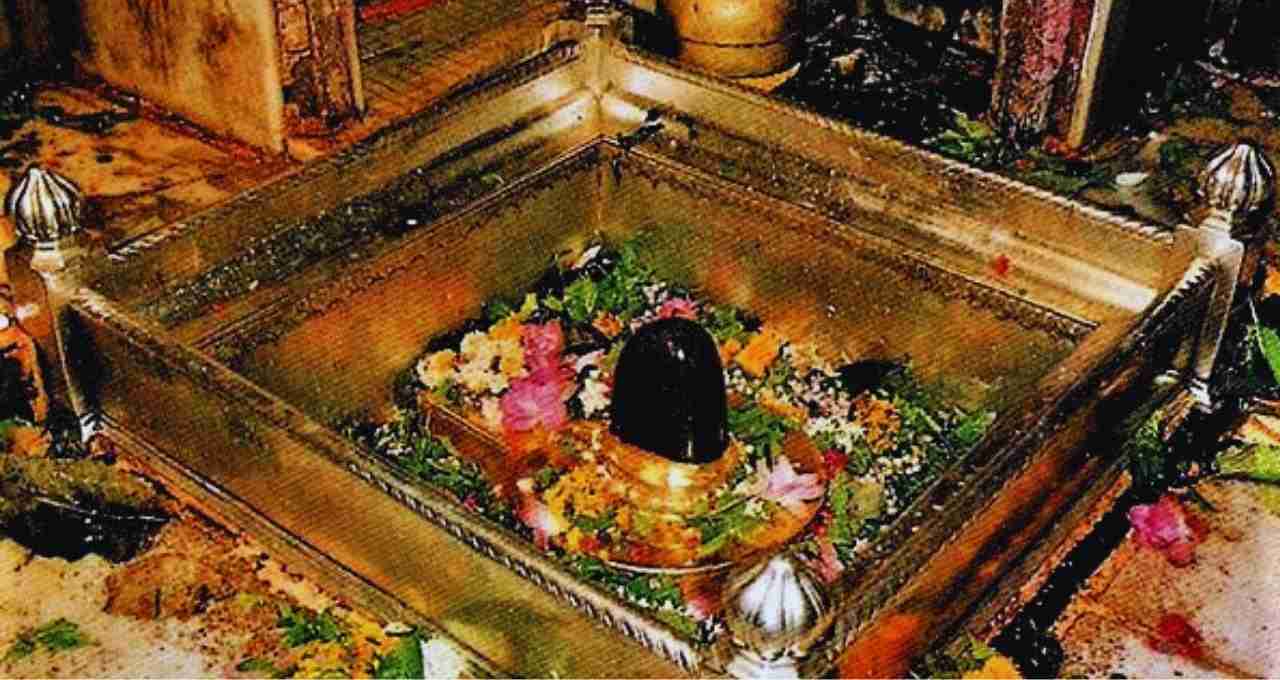
The current structure of the temple is an example of distinct Hindu architecture. The spire of the temple is approximately 15.5 meters high and is covered with a layer of gold. The lingam installed in the sanctum sanctorum is 60 cm high and 90 cm in circumference, which is installed on a silver altar. The main complex of the temple is quadrilateral, surrounded by temples of other deities – Kartikeya, Ganesh, Kal Bhairav, Shani, Parvati, Vishnu, and Avimukteshwara. The three golden domes of the temple were donated by Maharaja Ranjit Singh.
Gyanvapi Well: Silent Testimony of History
Located in the temple complex, the Gyanvapi Well is a mysterious and sacred site. Legend has it that during the Mughal invasion, the priests hid the Jyotirlinga in this well and jumped into it themselves to protect it. This well is still located between the temple and the mosque and stands as a silent testimony to history.
Kashi Vishwanath Dham Corridor: A Spiritual Gift of Modern India
In 2019, Prime Minister Narendra Modi launched the 'Kashi Vishwanath Dham Corridor' project to ensure an easy passage between the Kashi Vishwanath Temple and the Ganges River. It was inaugurated in 2021. Under this project, more than 40 ancient temples were reconstructed, and modern facilities were arranged for the pilgrims.
Religious Traditions and Events
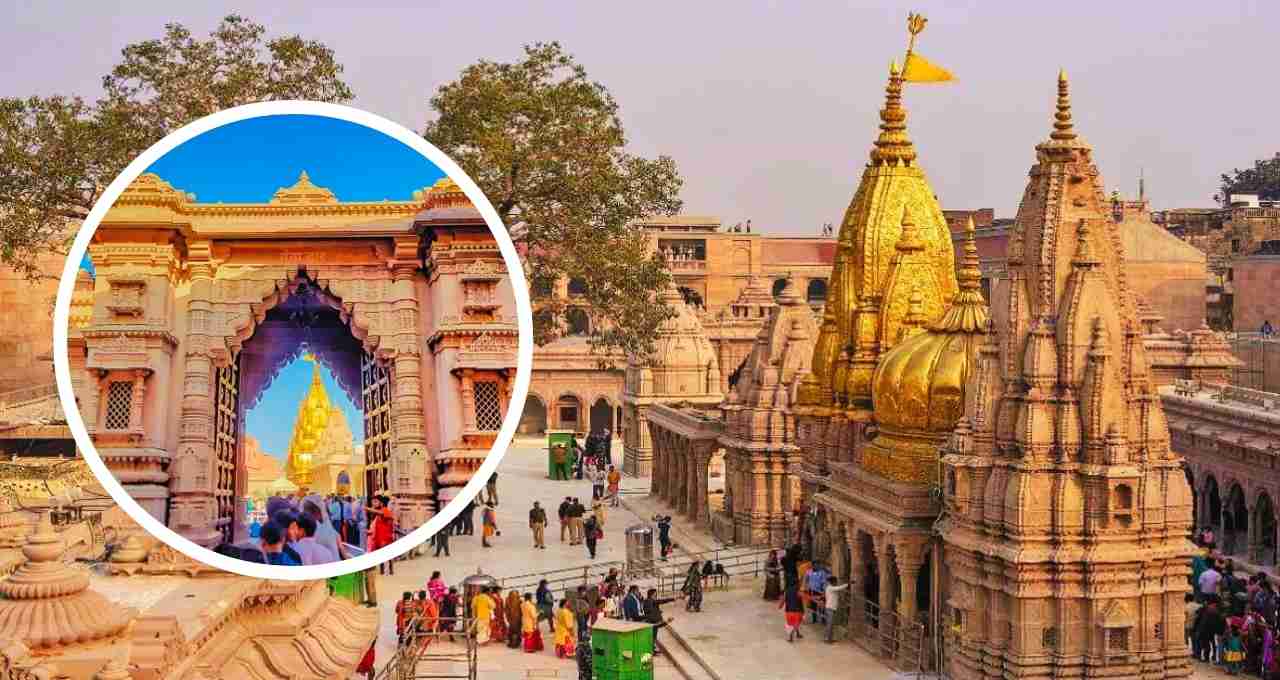
Various religious events take place in the Kashi Vishwanath Temple, which immerse the devotees in the essence of devotion. 'Rangbhari Ekadashi' is celebrated on Phalgun Shukla Ekadashi, when Parvati's Gauna is performed with Baba Vishwanath. The tilak on Vasant Panchami, the marriage on Mahashivaratri, and the farewell ceremony of Parvati on Rangbhari Ekadashi take place. The traditions of Saptarishi Aarti and Mangala Aarti also reflect the uniqueness of this temple.
Tradition of Darshan and Importance of Pilgrimage
In Hinduism, visiting Kashi Vishwanath and bathing in the Ganges is considered extremely meritorious. It is said that this pilgrimage is the first step towards salvation. The tradition is that after visiting Kashi, devotees travel to Rameshwaram and offer Ganga water there.
Tourism and Facilities
Varanasi is one of the major cities in India, and it is very easy to reach here by air, rail, and road. Lal Bahadur Shastri Airport, Varanasi Railway Station, and bus stands connect the city to other parts of India. Many dharamshalas, hotels, and guest houses are available near the temple. The rest houses operated by the temple trust provide accessible accommodation to the pilgrims.
Modern Management and Technical Initiatives
Since 1983, the temple has been managed by a board of trustees appointed by the Government of Uttar Pradesh. The cleanliness, security, and worship system of the temple have been made systematic and transparent. Also, a flower recycling process has been started in the temple, which is an important initiative from an environmental point of view.
The Kashi Vishwanath Temple is not only a center of religious faith but also an invaluable symbol of India's cultural and spiritual heritage. This temple, encompassing the mysteries of life, death, and salvation, becomes a medium to connect every devotee with Shiva.




